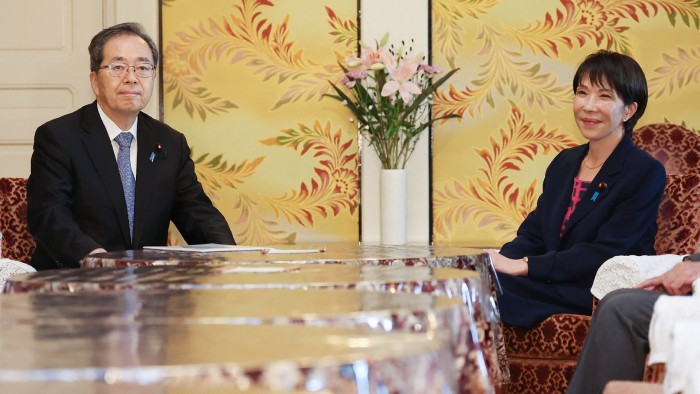Takaichi’s victory, I argued last week, marks Japan’s entry into an uncertain phase where traditional factional and hereditary logics no longer determine leadership, leaving politics defined by instability until a new equilibrium is reached.
That assessment has already been borne out: with Komeito’s decision on October 10 to withdraw from the ruling coalition, Japan has unmistakably entered a new stage of political realignment.
From Friction to Break: How the Coalition Collapsed
After a tense meeting with Komeito leader Tetsuo Saito, Takaichi told reporters that she had been “unilaterally informed” of the party’s withdrawal. However, an Asahi Shimbun article on October 7 had already reported that Saito’s earlier statement—“A coalition government can only exist when there is agreement on policies and principles”—reflected Soka Gakkai’s stance.
A senior party official was quoted as saying, “Some within the Gakkai are already arguing that the coalition should end.”
Takaichi must have sensed that Komeito’s posture was no longer the same as before.







